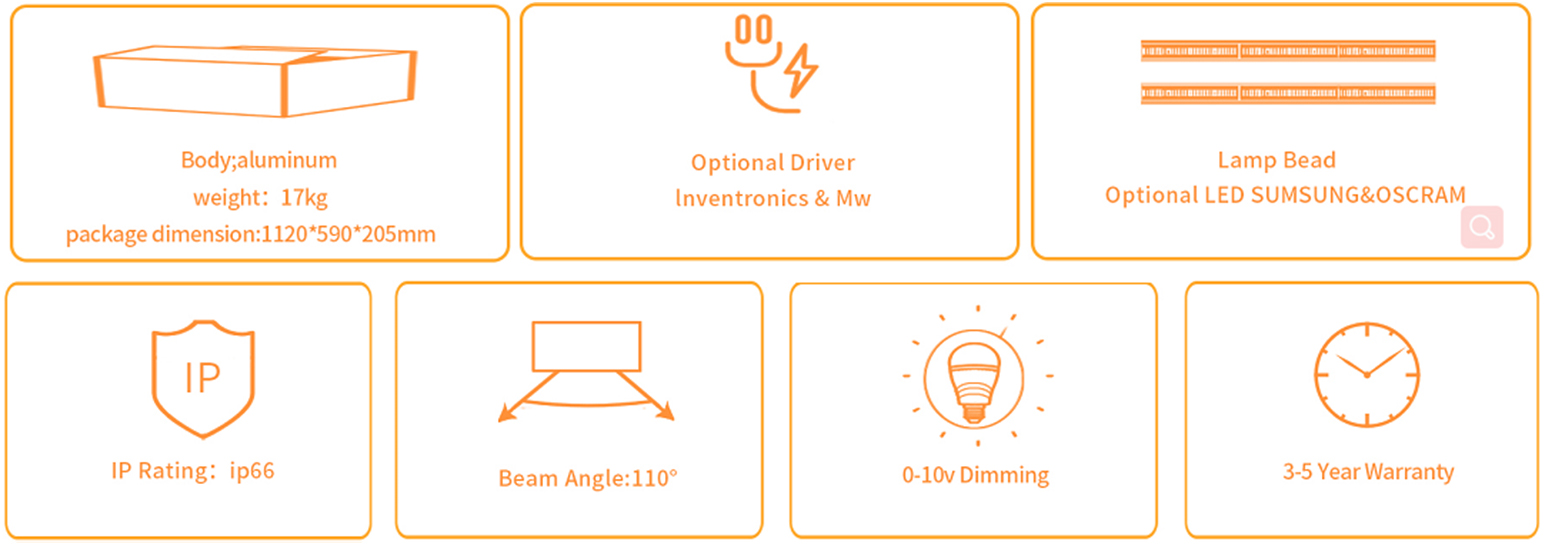In the application process of LED light-emitting diodes, we often encounter how to identify the positive and negative poles of light-emitting diodes. Whether the light is on or not is due to the positive and negative poles. The positive and negative poles are welded reversely, and the lamp will not turn on. The following expansion editor teaches you to identify the positive and negative poles of various light-emitting diodes:
Straw hat LED lamp beads positive and negative
Compared with the SMD LED, the positive and negative poles of the straw hat LED lamp bead are relatively well distinguished. There are two block-shaped pins inside the LED, which we call the LED bracket. The negative bracket is relatively large because the negative bracket supports the LED. The chip, the positive pole bracket is small! So the large connection pin of the straw hat LED lamp bead bracket is the negative pole, and the pin of the small link of the bracket is the positive pole; we can also look at the pins of the general straw hat LED lamp bead, generally the pins are short The one is the negative pole, and the long one is the positive pole (of course, this method can only be distinguished when the LED lamp beads are relatively new and the pins are sound). There are many methods to detect the positive and negative poles of the led, which are more accurate The method is to use a multimeter.

Multimeter detection method. When using a multimeter to detect light-emitting diodes, the R×ok file must be used. We have already talked about sleepiness. The tube voltage drop of the light-emitting diode is 2V. When the multimeter is at "RxlK" and the following electrical barriers, the battery in the meter is only 1.5V. Lower than the tube pressure drop. Regardless of whether it is connected in the forward or reverse direction, the light-emitting diode cannot be turned on and cannot be detected. . When the R×1k" gear is in the watch, there is a 9V (or 15V) high-voltage battery connected to the watch, which is higher than the tube voltage drop, so it can be used to detect the light-emitting diode. When testing, connect the two test leads to the two leads of the light-emitting diode, such as a needle The deflection is more than half, and at the same time there is a bright spot in the light emitting diode, indicating that the light emitting diode is connected in the forward direction. At this time, the black test lead (connected to the positive electrode of the battery in the watch) is the positive electrode; with the red test lead (connected to the negative electrode of the battery in the watch) ) Is connected to the negative pole. Then connect the two test leads to the light-emitting diode after reversing. At this time, the connection is reversed, and the needle should not move. If it is connected in the forward or reverse direction, the needles are deflected to the head or both If it does not move, the light-emitting diode has been damaged.